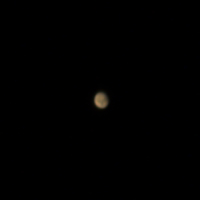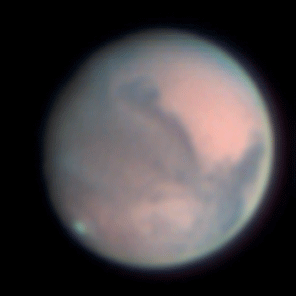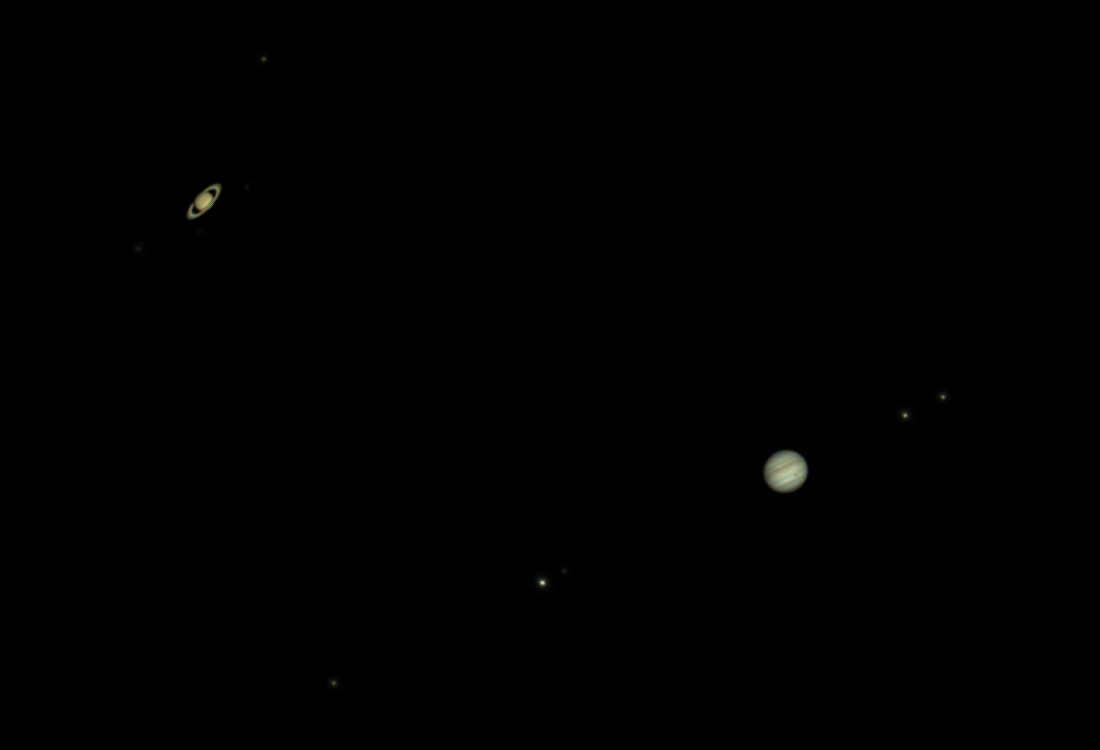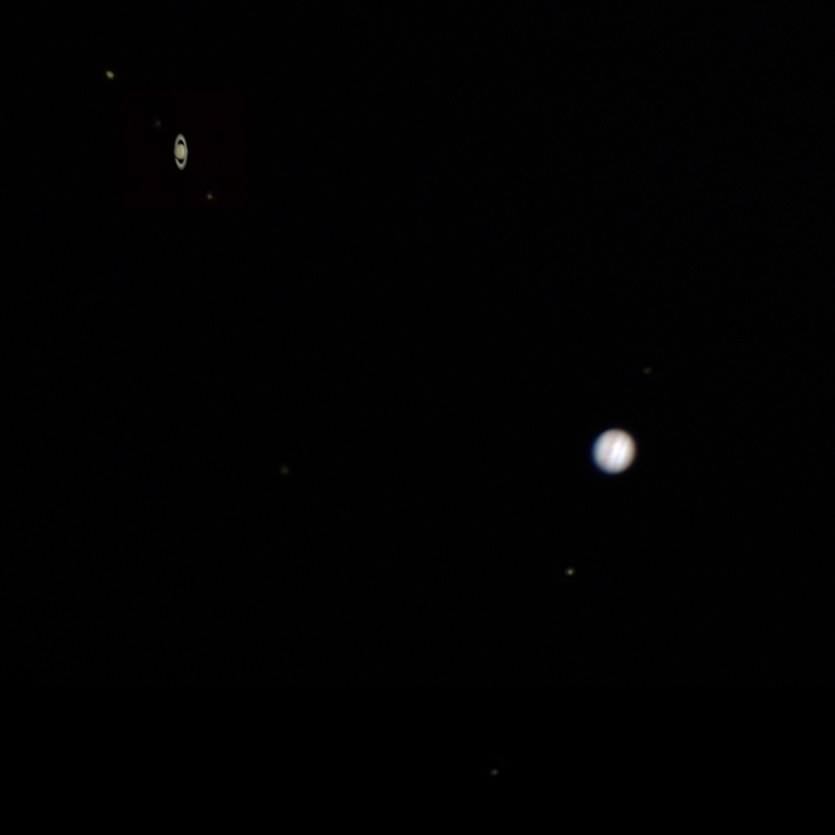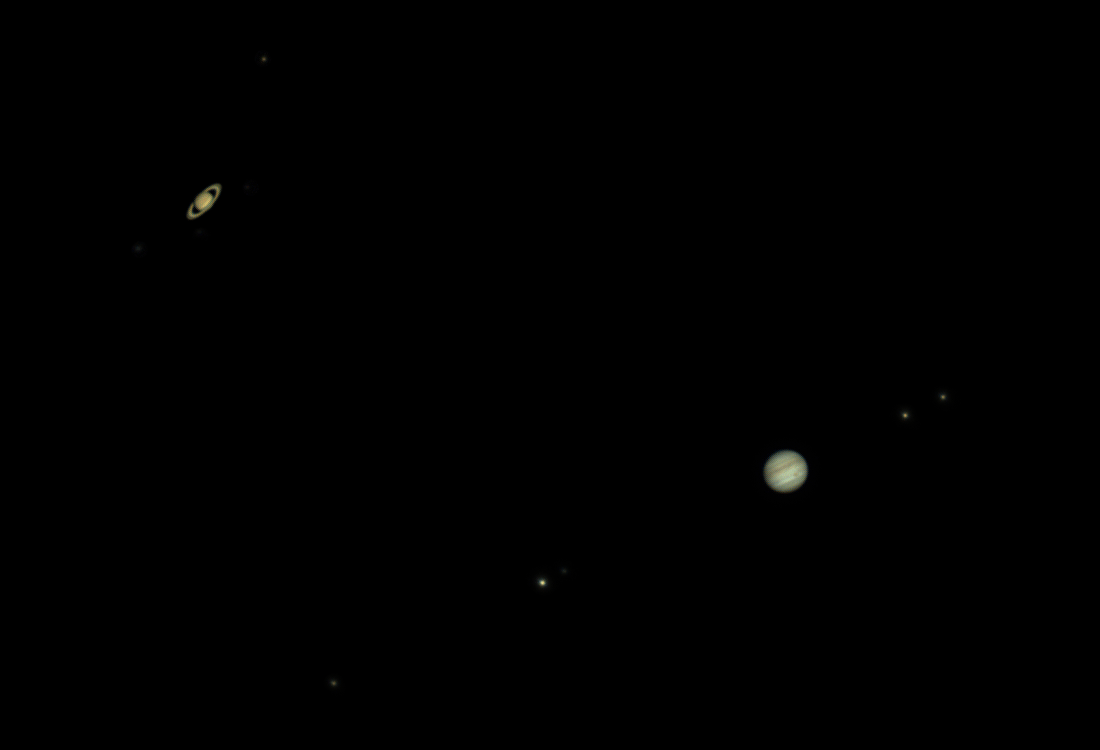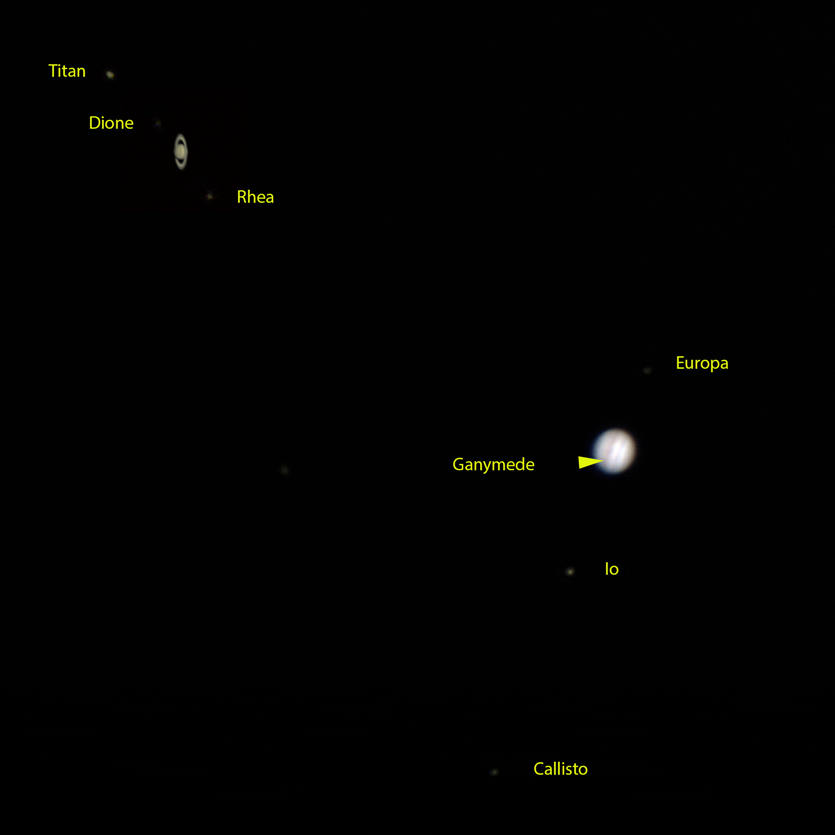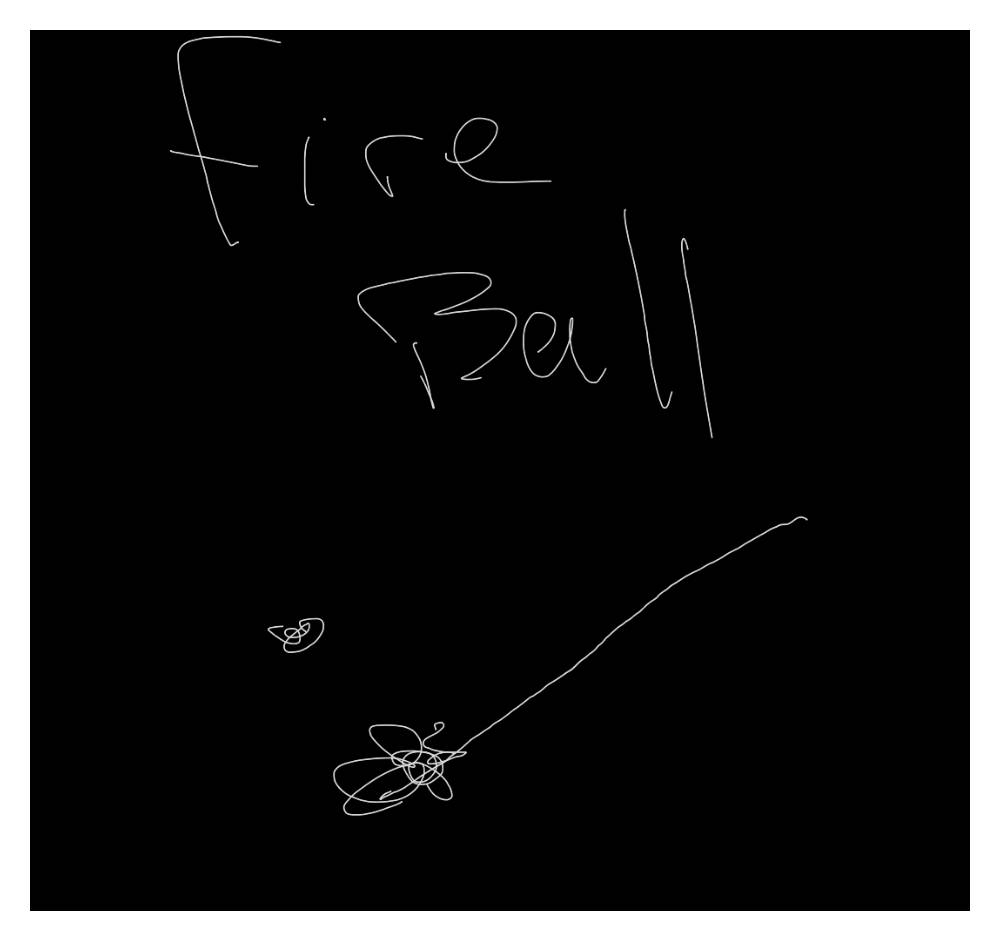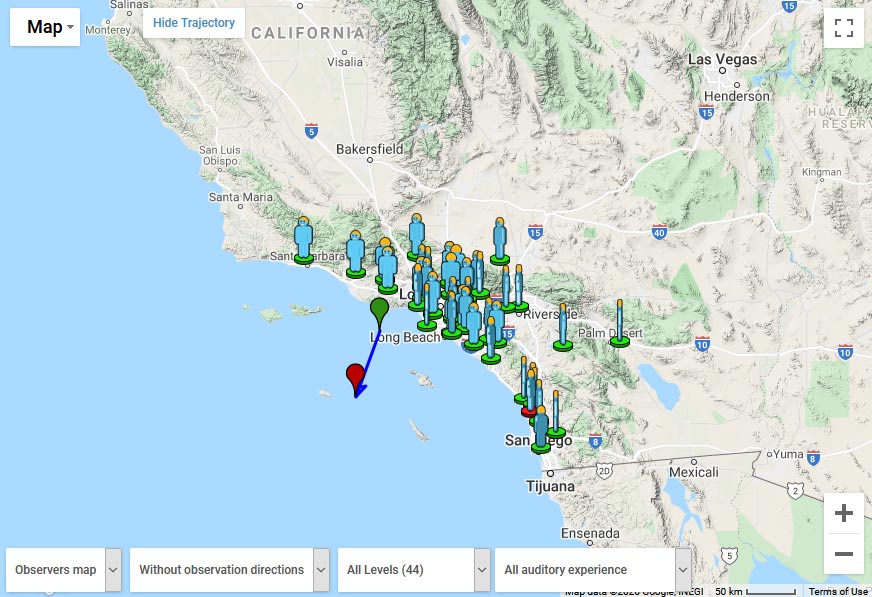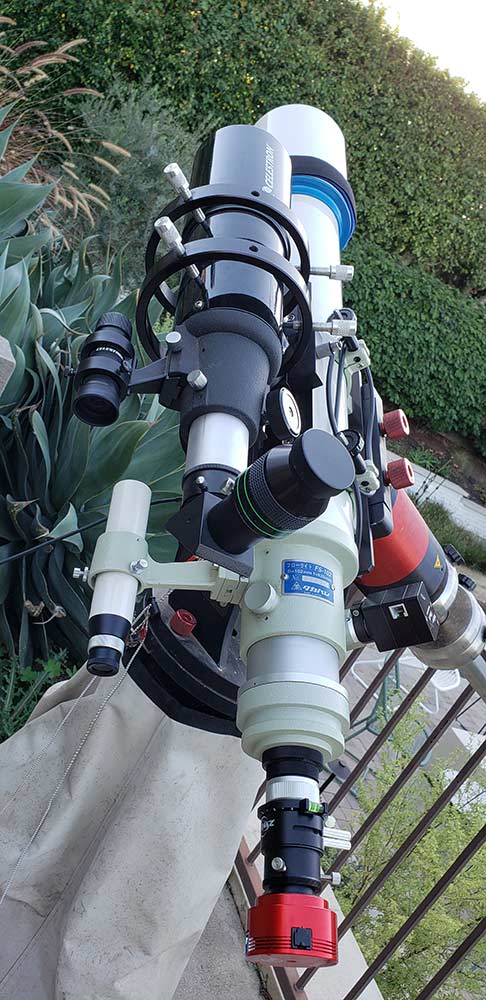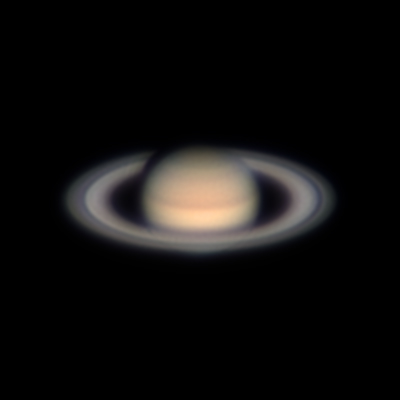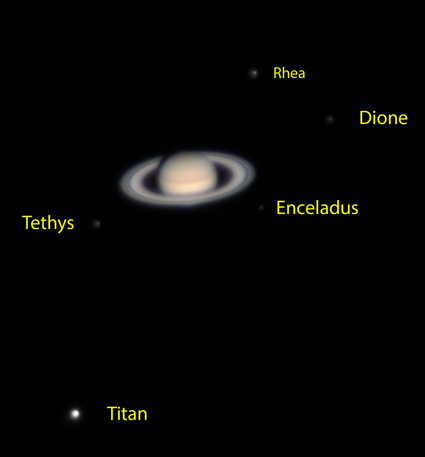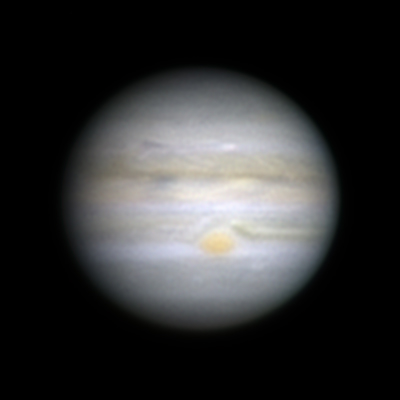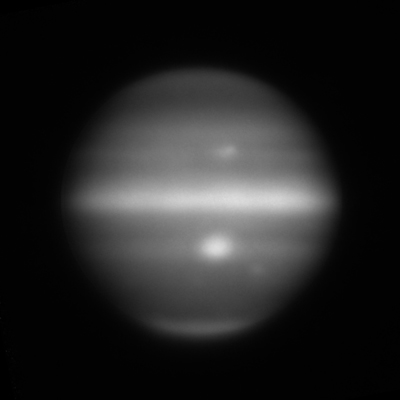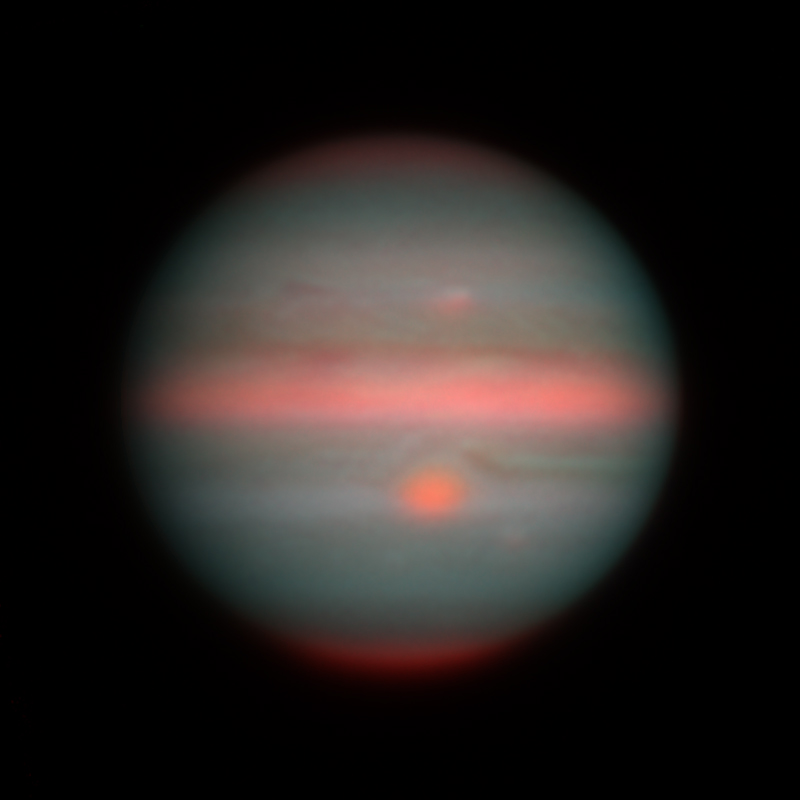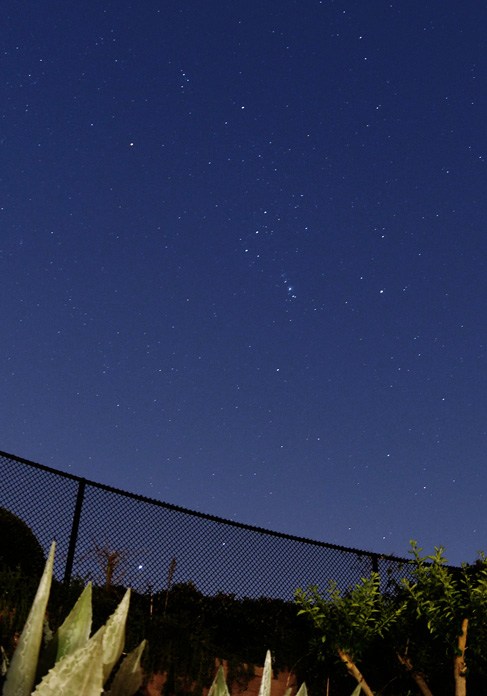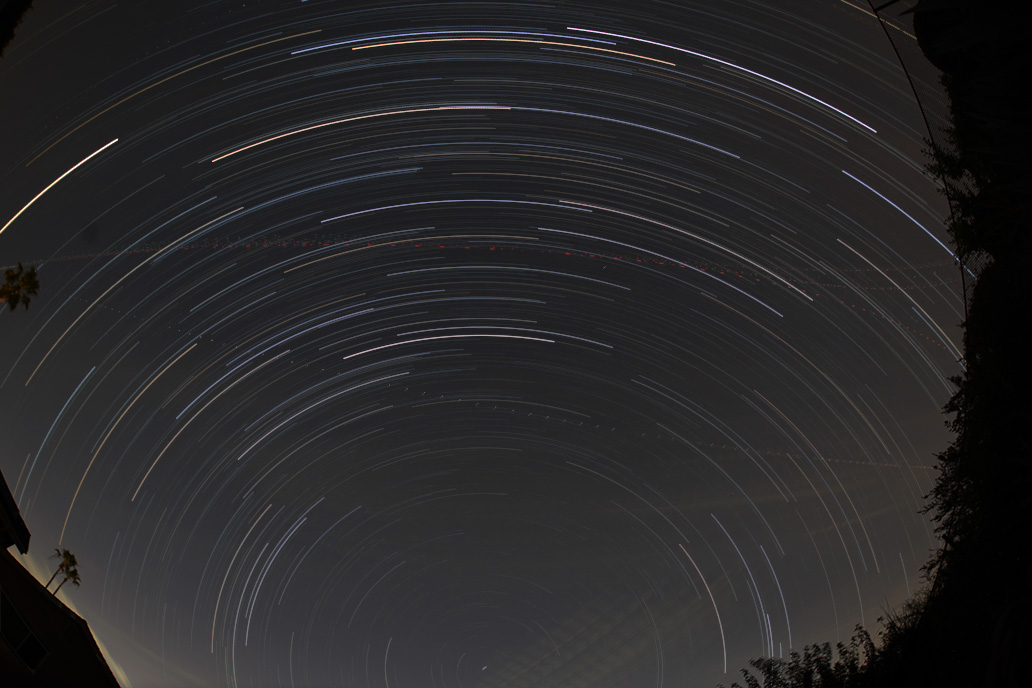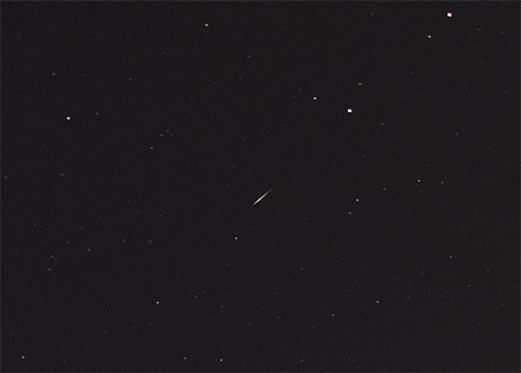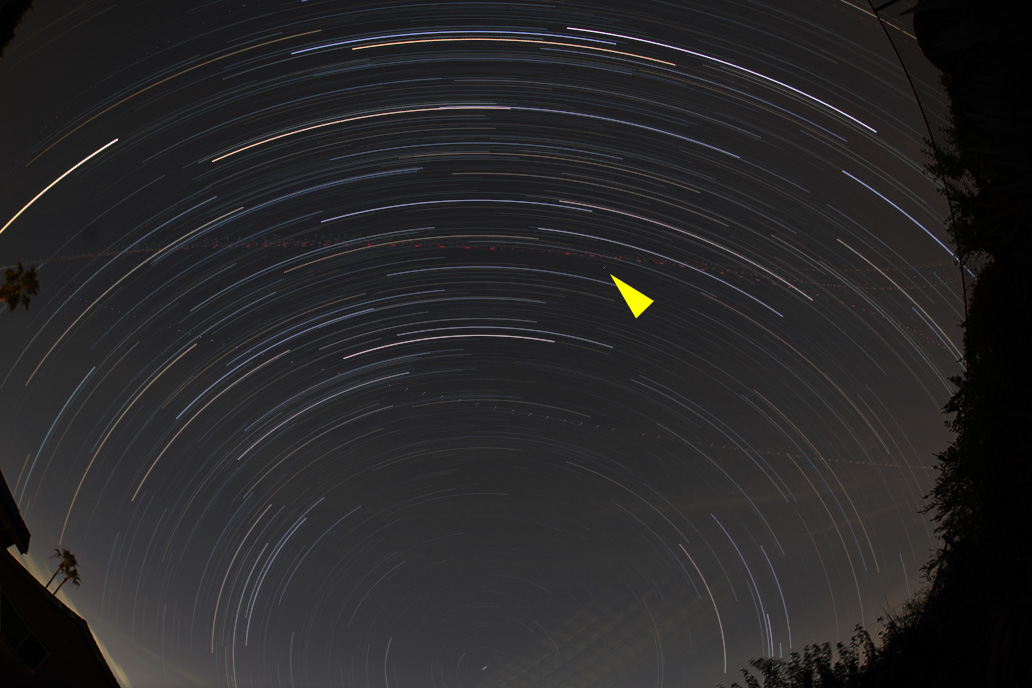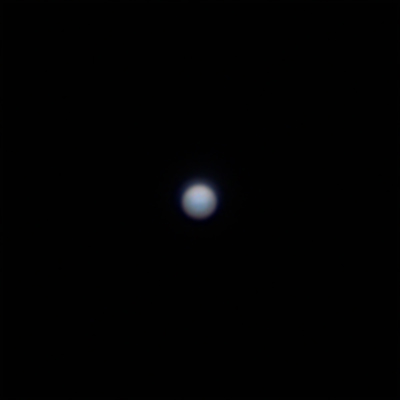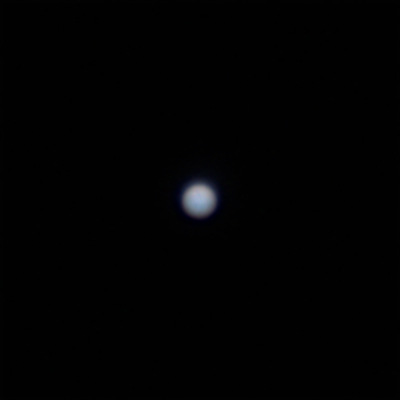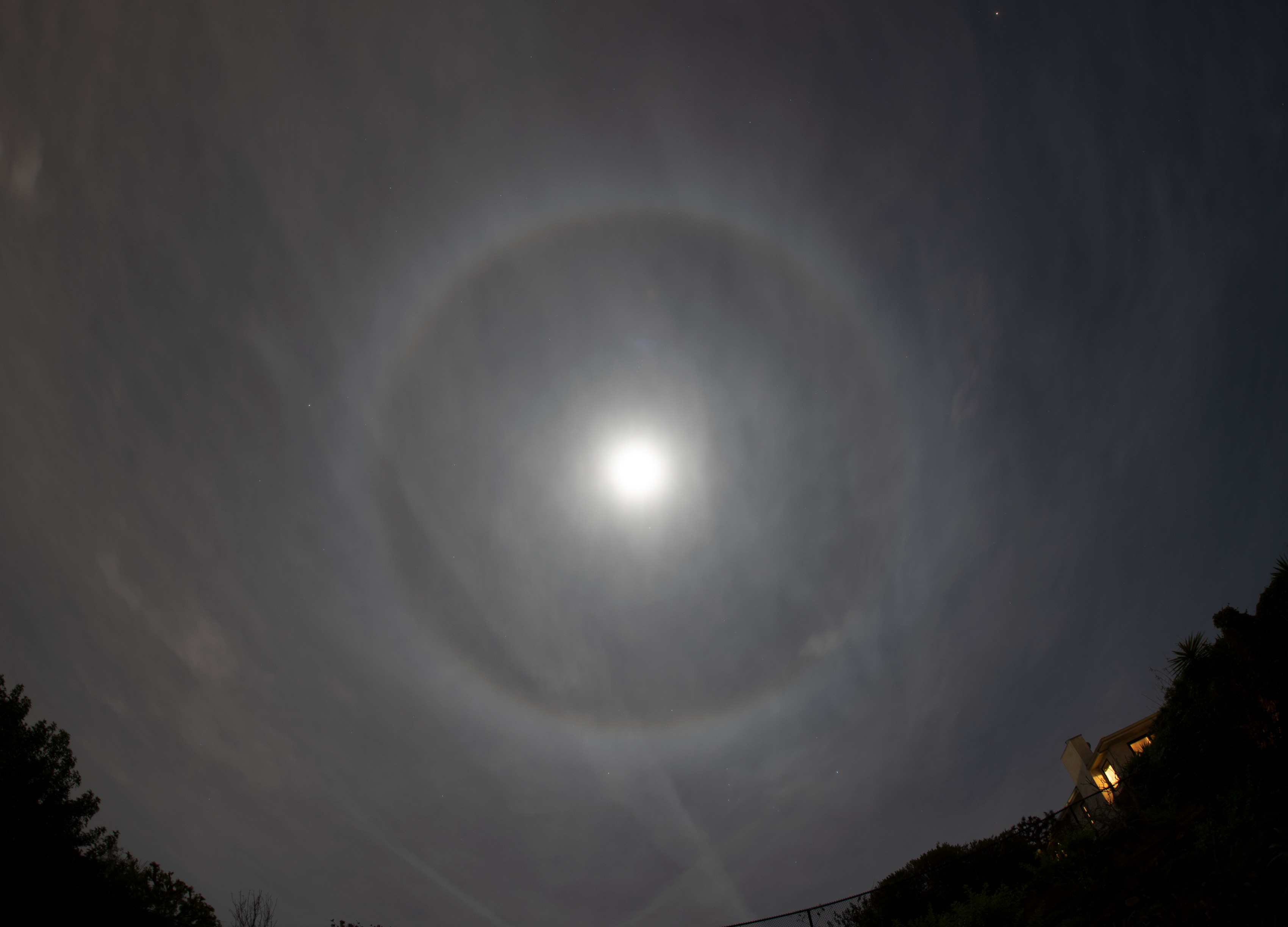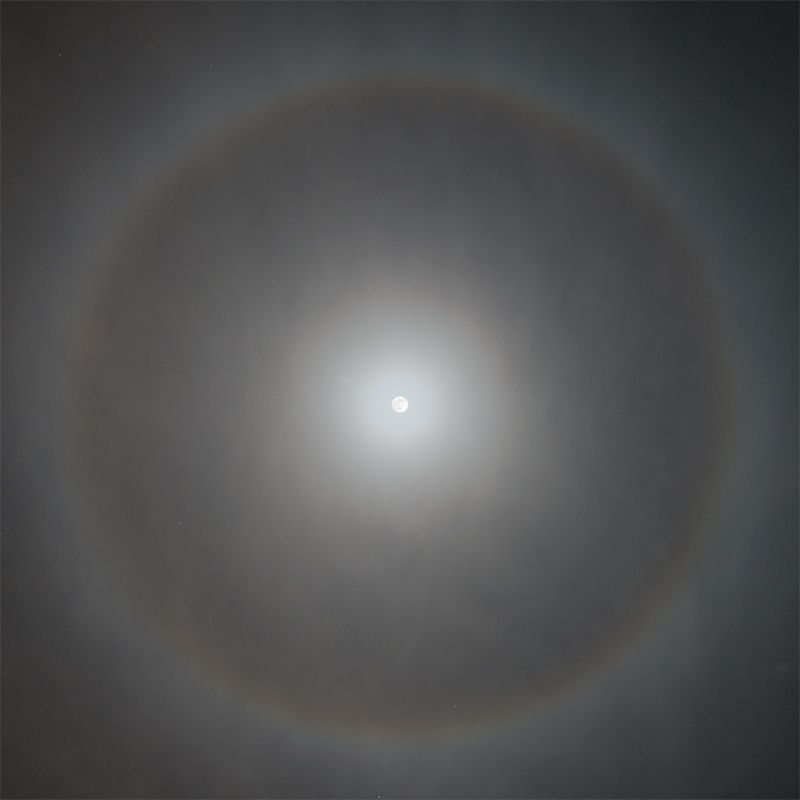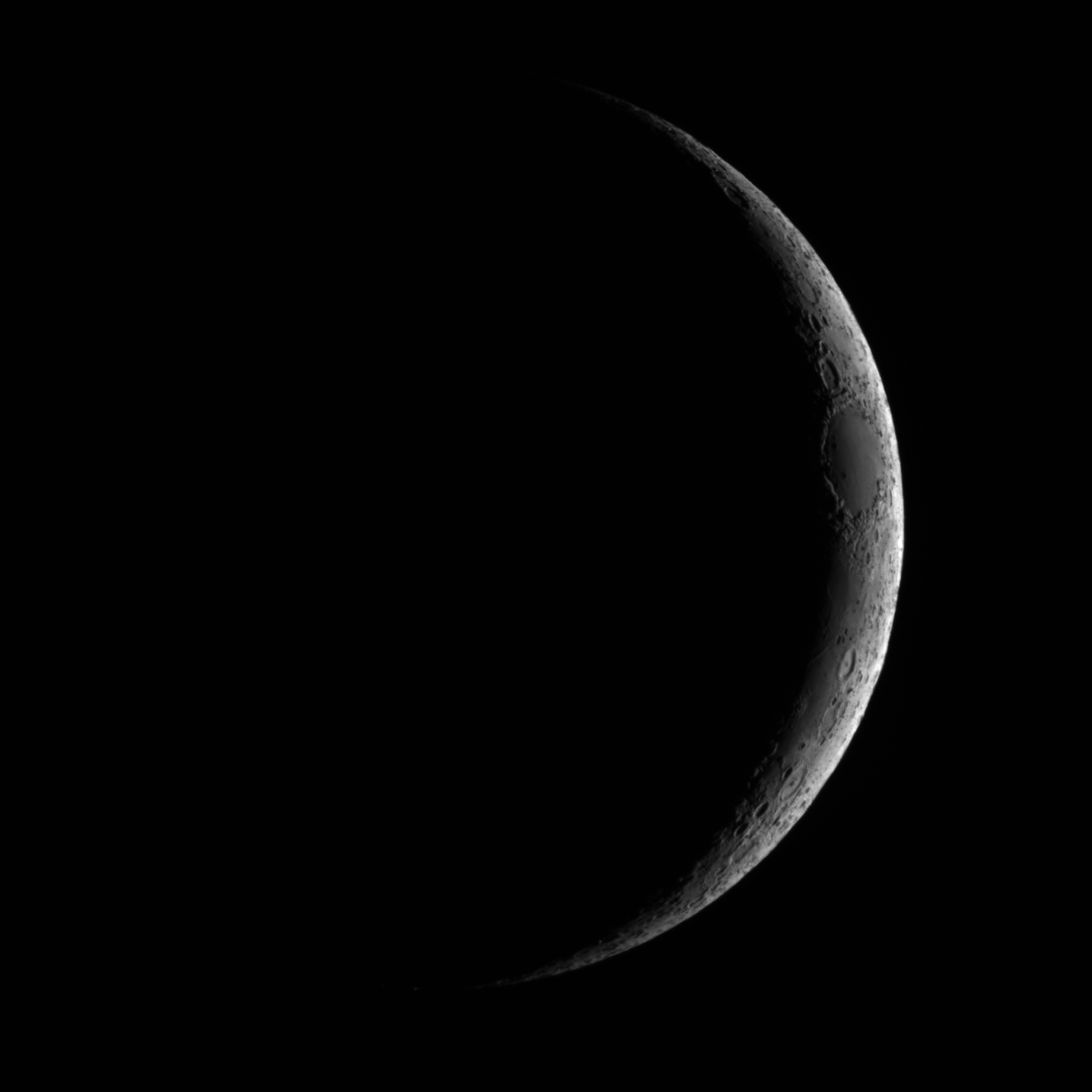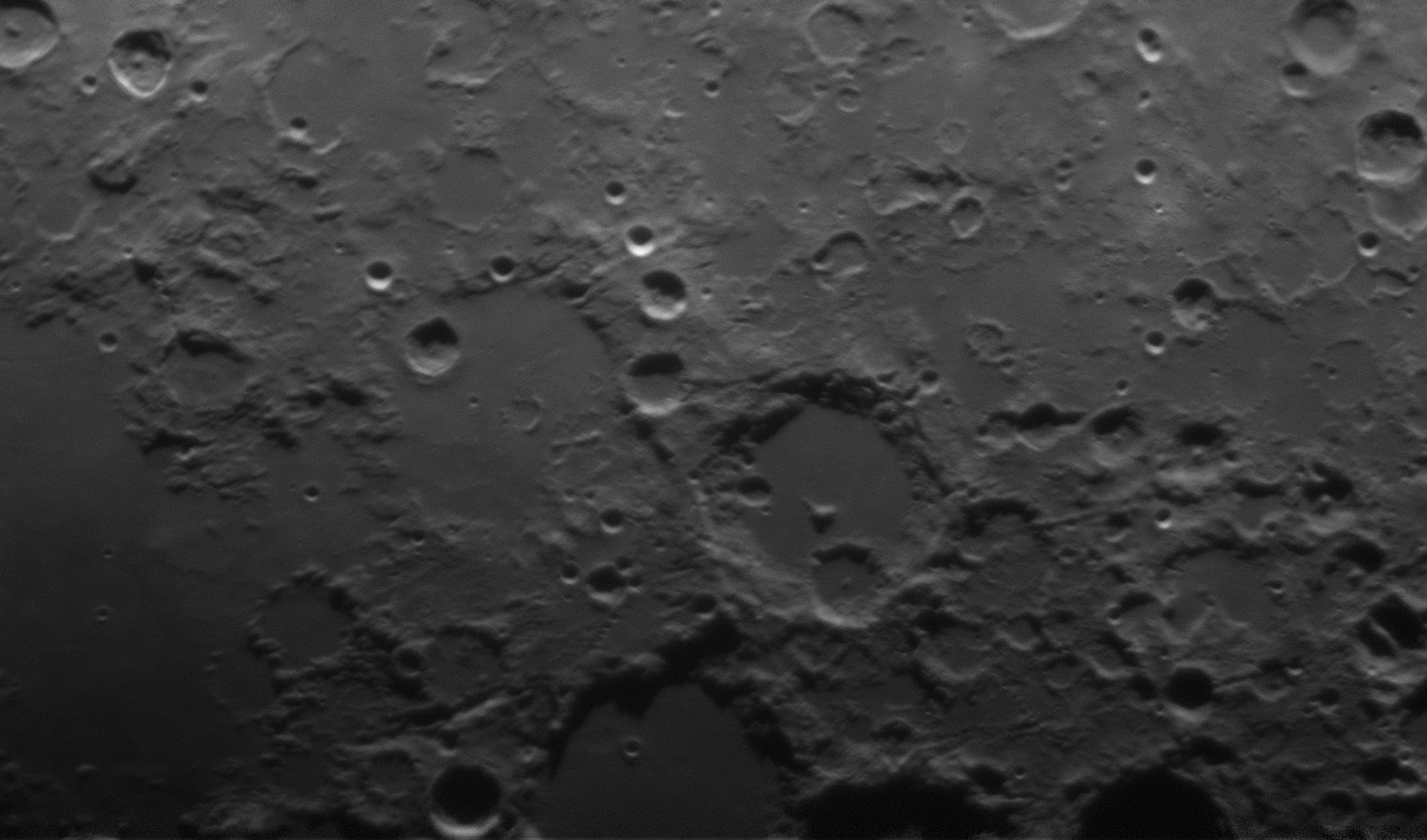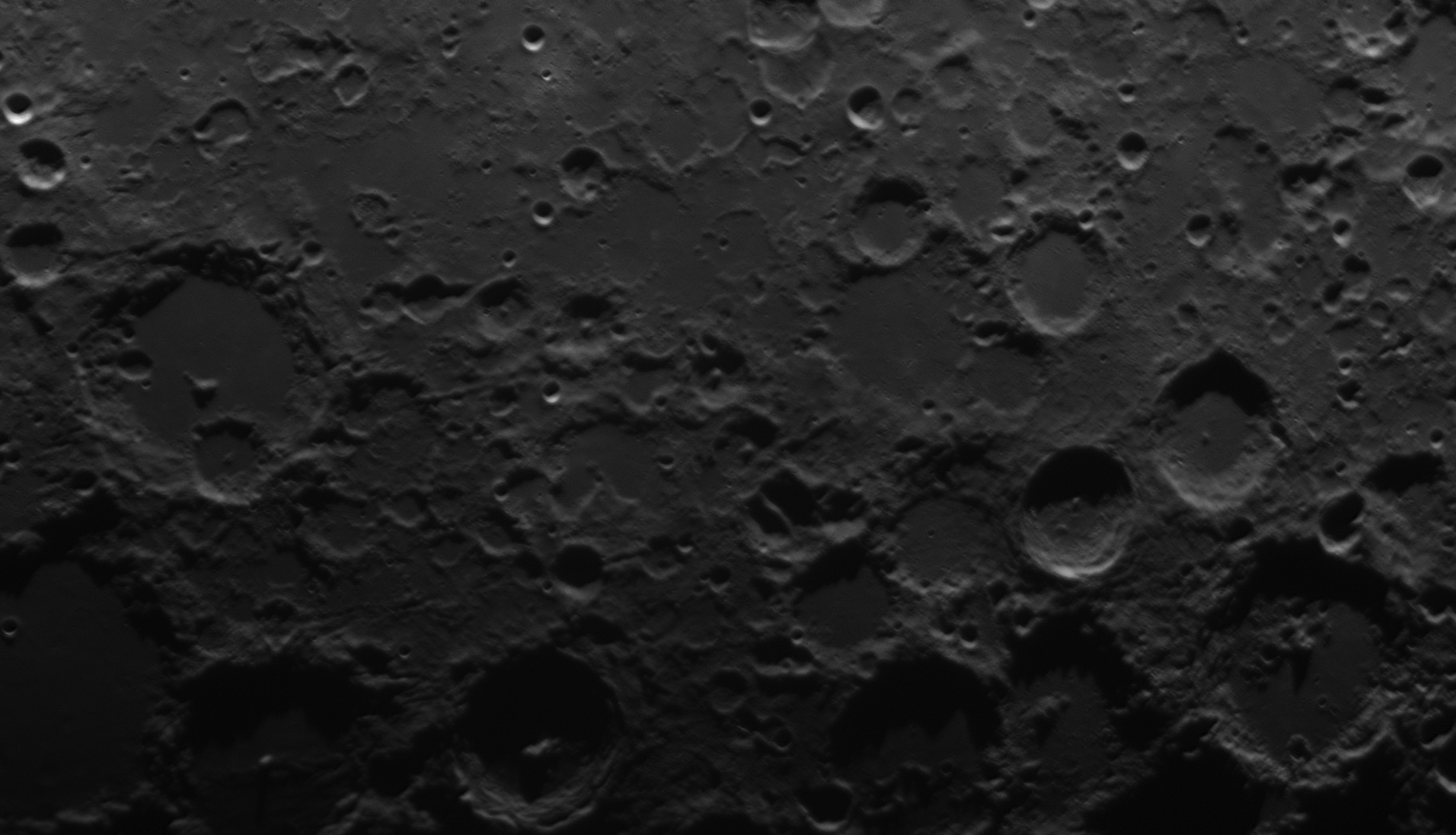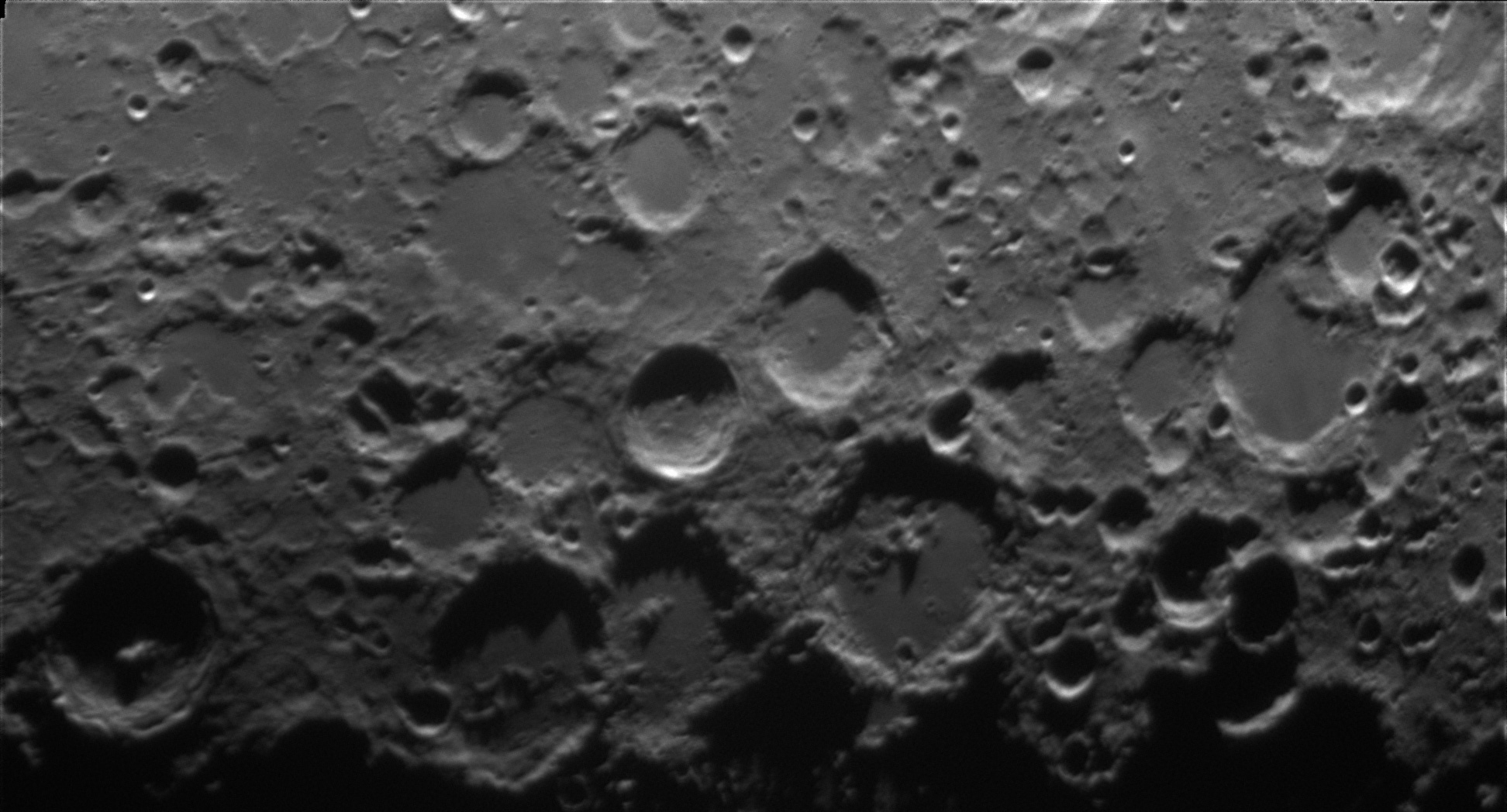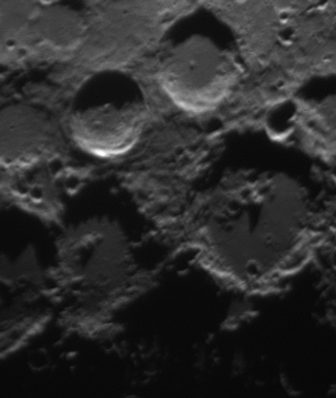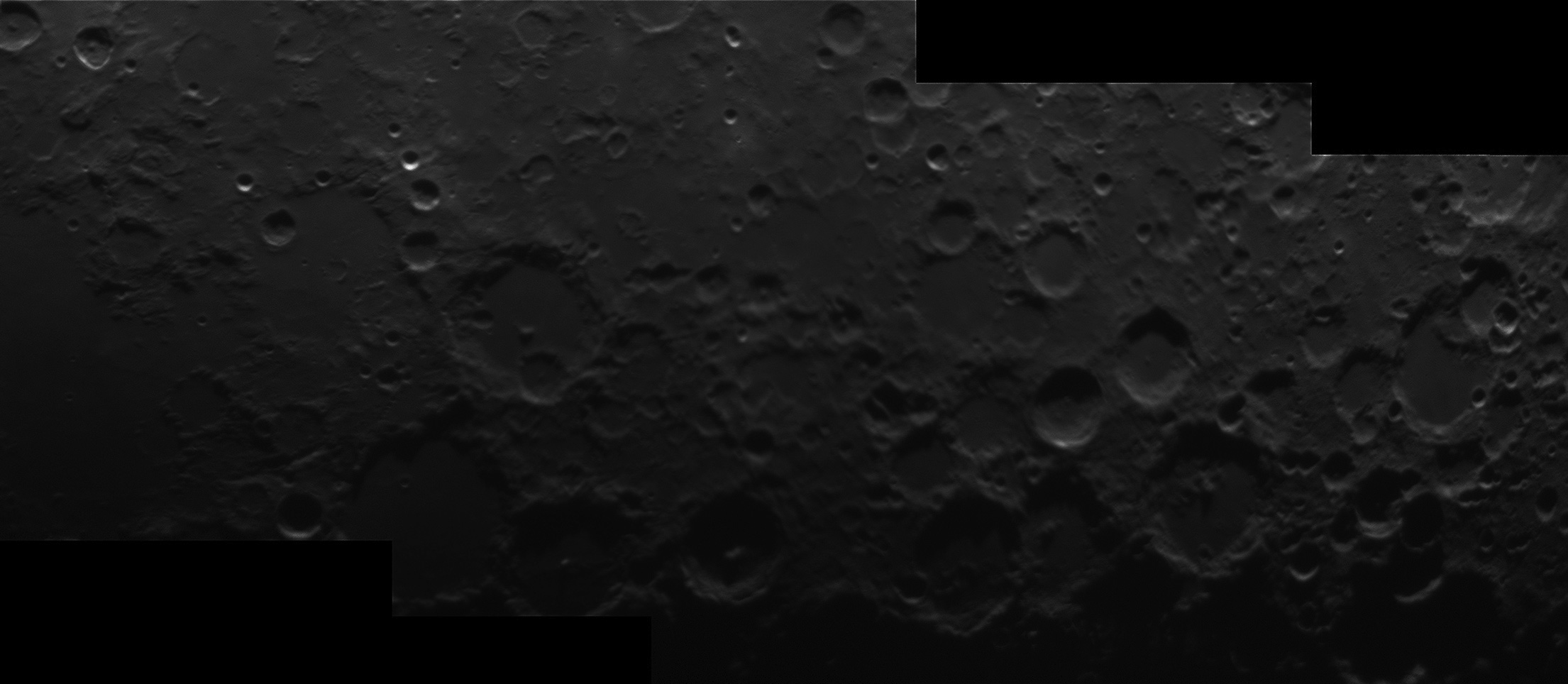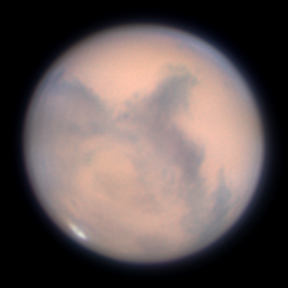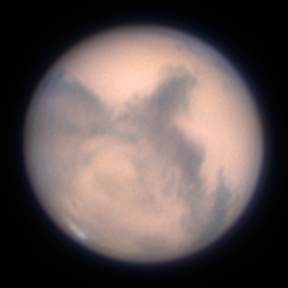Mars is all over the recent news with a fleet of space craft arriving:
-NASA's perseverance pulled off a crazy landing with a supersonic parachute (which just sounds cool), followed by a heat shield, then rockets, and finally a sky crane lowering the lander into the dust with the rocket hovering above. NASA video.
-the UAE's Al'Amal (hope) is orbiting the planet and filming.
-China's Tianwen-1 is orbiting, preparing to send down a lander.
Perseverance is loaded with easter eggs including a binary message encoded in the parachute: "Dare Mighty Things", the motto of NASA’s Jet Propulsion Laboratory (JPL) and the coordinates of the JPL visitor's center: 34°11'58.0"N 118°10'31.0"W.
More easter eggs here
You can even follow the perseverance twitter account:
"Hobbies: Photography, collecting rocks, off-roading" 😄
so here's an excuse to process the rest of my mars opposition images. the following sequence shows the south polar cap slowly melting in the martian summer (though some of the change is due to rotation).
 |
| Mars 2020 Click for full size |
Here's a final shot at shorter focal length from the evening of the great conjunction:
